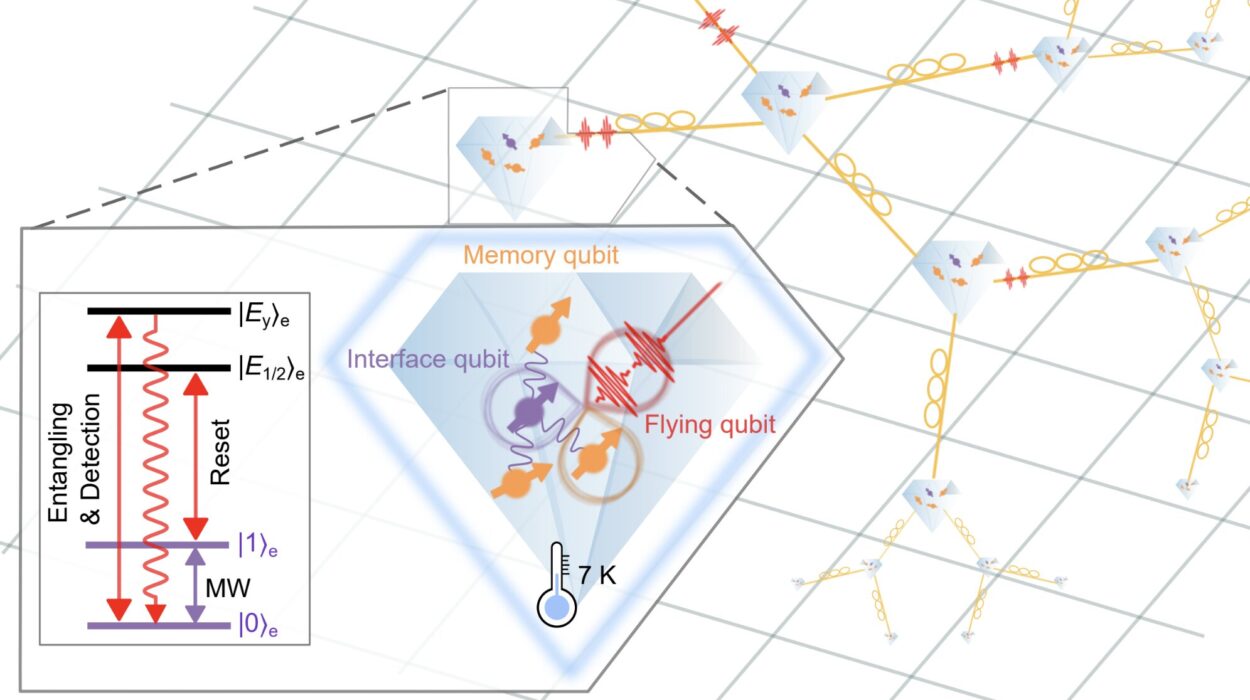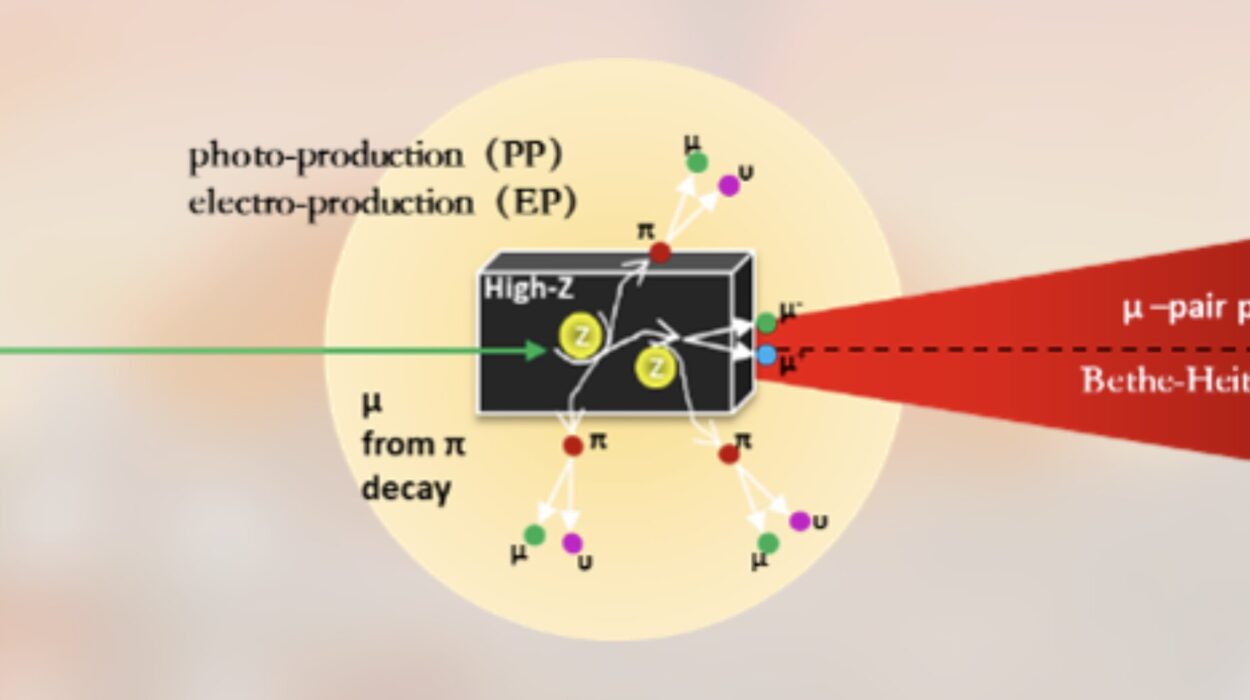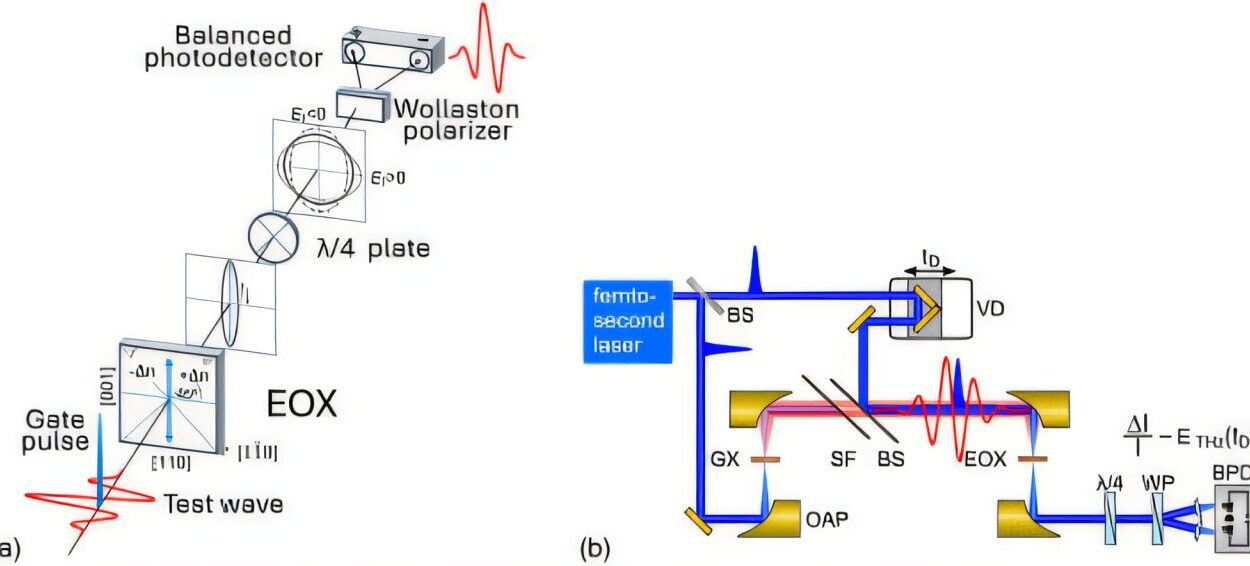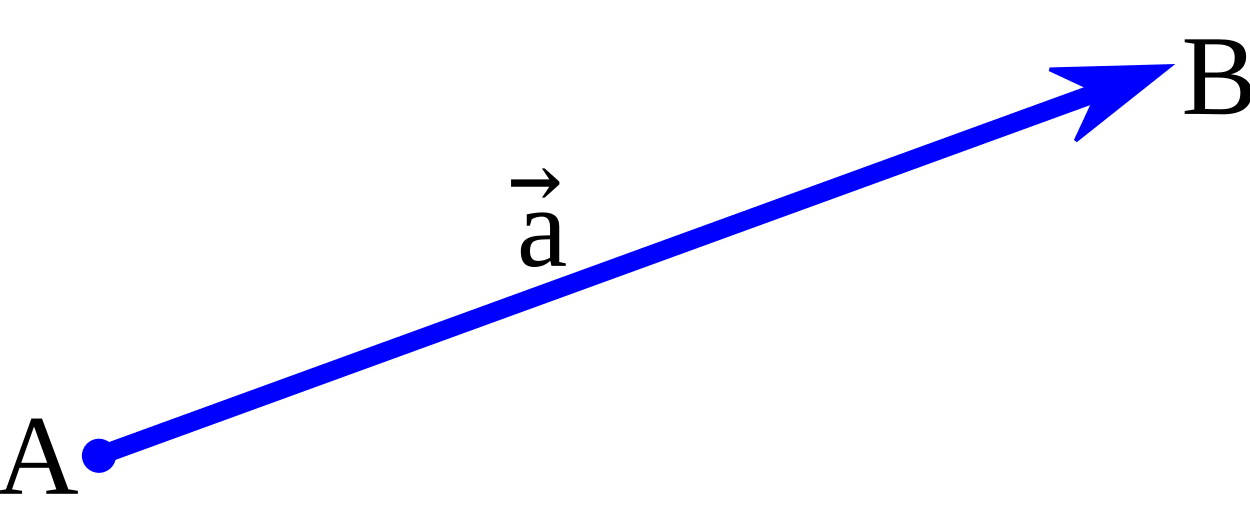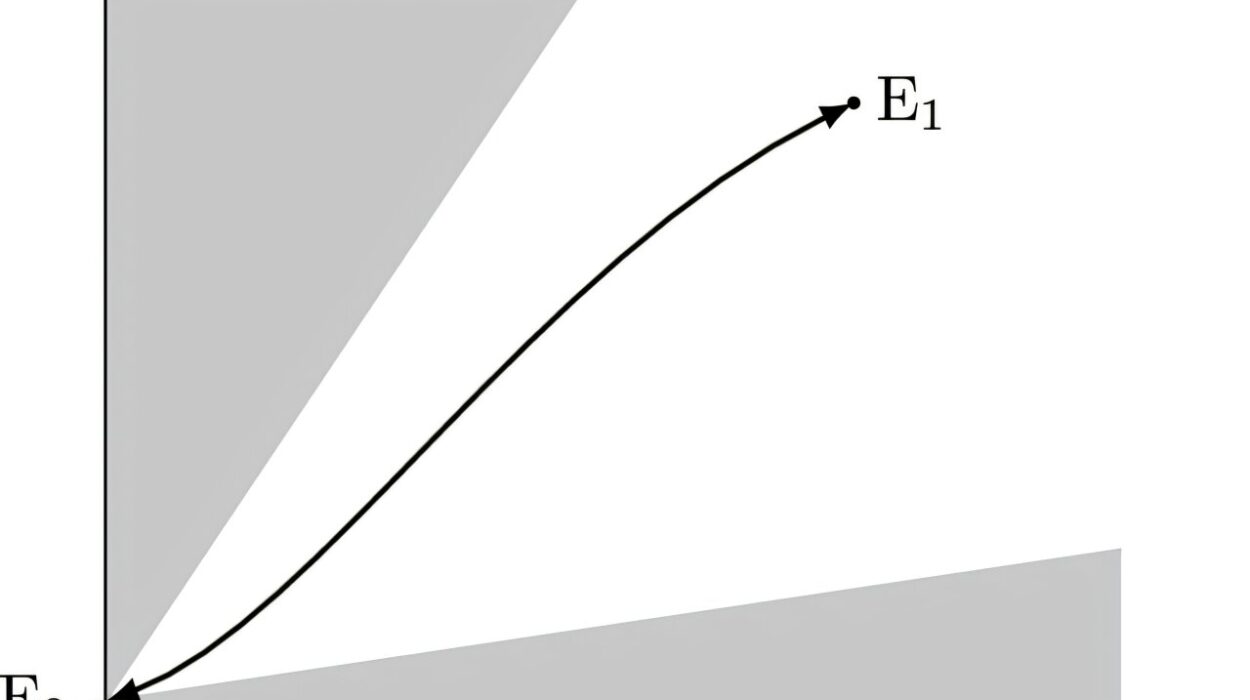A hundred years after it first shook the foundations of physics, quantum mechanics remains both a triumph of science and an enduring mystery. Born from the early 20th-century realization that atoms, photons, and electrons refuse to play by classical rules, quantum theory has become the bedrock of our modern technological society. Yet, despite its overwhelming success in predicting the behavior of matter on the smallest scales, no one truly knows what quantum mechanics means.
What is actually happening in the invisible world of electrons and photons—the quantum realm that lies beneath everyday reality? That question has haunted generations of physicists, philosophers, and science lovers alike. And a new global survey published in the prestigious journal Nature reveals just how deep the mystery still goes.
According to responses from over 1,100 physicists around the world, the field remains sharply divided on what quantum mechanics is really telling us about the nature of reality. As Nature’s editors put it, there is a “striking lack of consensus” about the most fundamental question in physics: what is quantum theory actually describing?
A Theory That Works—But for What?
For more than a century, quantum mechanics has dazzled scientists with its predictive power. It has led to countless real-world applications, from lasers and MRI scanners to the transistors inside every smartphone. Its equations—developed by luminaries like Erwin Schrödinger, Werner Heisenberg, and Niels Bohr—have stood the test of time.
But the mathematics comes with a price: it defies common sense.
At the quantum level, particles like electrons don’t exist in one place or state until we measure them. Instead, they occupy a ghostly cloud of probabilities—described mathematically by the “wave function”—in which they can be here and there, moving fast and slow, spinning up and down.
Only when observed does the particle “choose” a definite state. But what causes that collapse? Why does an act of measurement seem to make reality snap into focus?
Physicists still don’t know.
“Shut up and calculate,” goes the famous quip often attributed to physicist David Mermin (summarizing the pragmatic attitude of many working quantum physicists). For decades, this philosophy—focusing on using the equations rather than interpreting them—has dominated the field.
Yet now, on the 100th anniversary of the wave function’s debut, more scientists are refusing to shut up. They want answers. And they disagree—strongly—on what those answers might be.
Heligoland Revisited: Where It All Began
Last month, to commemorate a century since Heisenberg wrote down his revolutionary matrix mechanics, many of the world’s top quantum thinkers gathered on the windswept German island of Heligoland. It was there, in 1925, that a seasick Heisenberg—taking refuge from hay fever—jotted down the first mathematical blueprint for the strange new rules of quantum behavior.
But if he hoped his equations would clarify reality, they have instead launched generations into philosophical freefall.
During the Heligoland gathering, Nature conducted its sweeping survey of physicists. The results, now published, paint a fascinating portrait of a deeply fractured scientific community.
Copenhagen’s Reign—and Its Critics
The most widely held view, supported by 36% of those surveyed, is still the “Copenhagen interpretation.” This is the original framework developed by Heisenberg and Bohr in the 1920s. It posits that a quantum system has no definite properties until it is observed—at which point the wave function collapses into a single outcome.
Until then, the system exists in a superposition of all possibilities.
Schrödinger famously illustrated this weirdness with his paradoxical cat: sealed in a box, it is both dead and alive until someone opens the lid and observes it. As strange as this sounds, it remains the go-to explanation for most physicists.
But even its supporters admit Copenhagen raises unsettling questions. What counts as a “measurement”? Why should observation—presumably a physical process—cause a metaphysical collapse?
“It’s the simplest we have,” Brazilian philosopher of physics Decio Krause told Nature, “but it doesn’t explain why measurement matters so much.”
Many Worlds, Many Universes
A growing number of physicists—15% in the survey—prefer an even more mind-bending alternative: the “many worlds” interpretation. First proposed in the 1950s by physicist Hugh Everett III, this idea rejects the notion of wave function collapse entirely. Instead, it suggests that all possible outcomes of a quantum event actually occur—in separate, parallel universes.
Measure an electron’s position? In one universe, it’s here. In another, it’s there. Your consciousness simply continues along one branch, while countless others split off in parallel realities.
“It requires a dramatic readjustment of our intuitions,” said American theoretical physicist Sean Carroll, a vocal proponent of the theory. “But that’s exactly what we should expect from a fundamental theory of nature.”
Critics argue that many worlds is extravagant, perhaps even untestable. But for its advocates, it offers a clean solution to quantum riddles without invoking a mysterious “observer effect.”
A Tower of Babel in Quantum Physics
Beyond these major camps, dozens of other interpretations persist—from “objective collapse theories” (where particles collapse randomly over time) to “pilot-wave theory” (where particles are guided by hidden variables), to ideas from quantum information theory and even consciousness-based explanations.
When asked if there’s a clear boundary between the quantum world and the classical one we experience daily, physicists split evenly: 45% said yes, 45% said no.
Even more revealing: just 24% of respondents said they were confident their chosen interpretation was the correct one. And a full three-quarters believe quantum mechanics will eventually be replaced by a deeper, more complete theory—just as Newtonian mechanics was absorbed into Einstein’s relativity a century ago.
Living with the Unknown
So where does that leave the rest of us—non-physicists trying to understand the universe we live in?
In one sense, quantum mechanics is a towering success. It explains why atoms exist, why stars shine, and how to build microchips and superconductors. Without it, we would have no computers, no GPS, no modern medicine.
But in another sense, it’s profoundly unsettling. We are using a theory every day—often without realizing it—that might not tell us what the world is, only what we’re likely to see.
“We’ve learned to navigate the quantum world with extraordinary precision,” said one survey respondent. “But we still don’t know what’s under the hood.”
And maybe that’s the point. As physics ventures into ever stranger territory—from quantum gravity to time loops to black hole paradoxes—it’s possible that quantum mechanics is only the beginning of an even deeper revolution. One that hasn’t happened yet.
For now, the cat in the box remains both dead and alive. The observer remains entangled with the observed. And the universe continues to whisper secrets we do not yet understand.
A hundred years on, quantum mechanics is still working—wondrously, mysteriously, and perhaps incompletely.
Reference: What does Quantum Mechanics say about reality? Nature (2025). DOI: 10.1038/d41586-025-02342-y , www.nature.com/articles/d41586-025-02342-y

